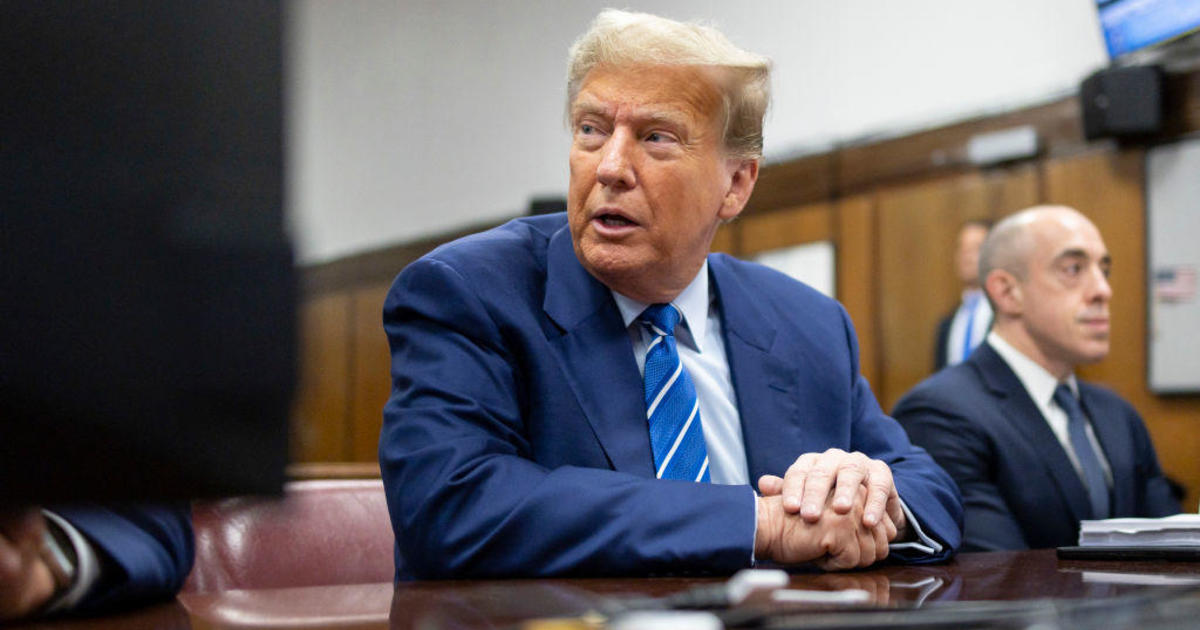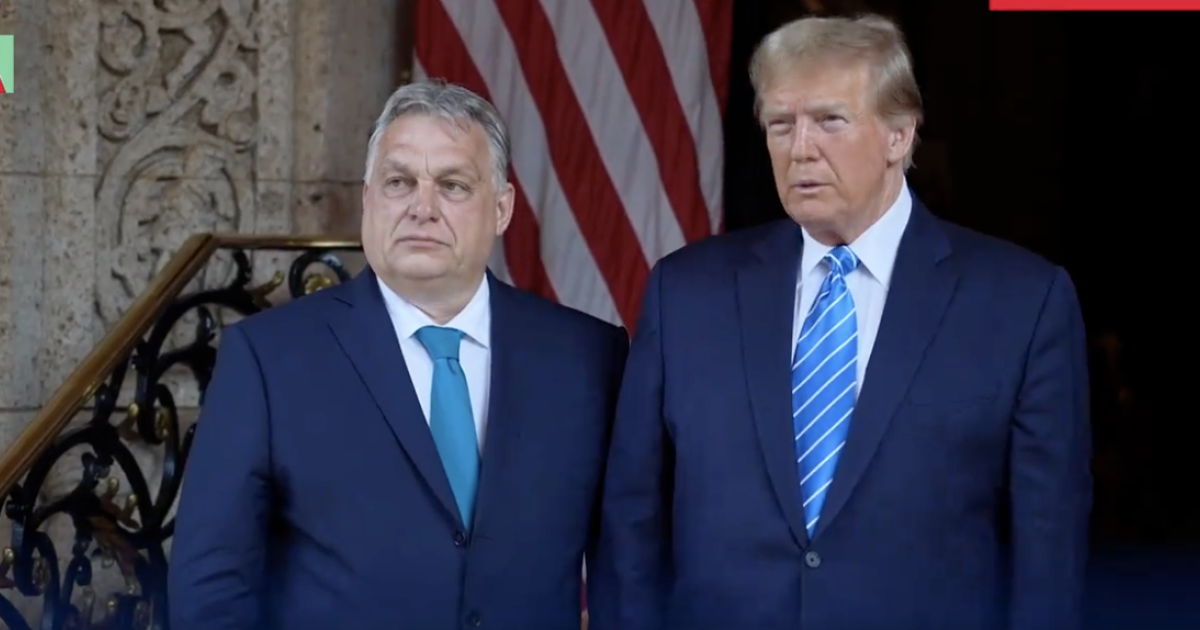Senior intel official says evidence for "both" virus origin scenarios exists
A senior U.S. intelligence official said Friday that the two scenarios being examined by the intelligence community about the origins of the novel coronavirus – via human contact with infected animals or as the result of a laboratory accident in Wuhan, China – are "both" currently supported by "evidence" that the community is continuing to evaluate.
"Evidence of both scenarios exists," said the official, who spoke on the condition of anonymity, given the sensitivity of the matter. The official declined to further characterize the evidence or its credibility, or to say whether either scenario was considered by the intelligence community to be more or less likely. The official did, however, say there was no indication of a "purposeful" release of the virus.
The official's comments go a small step further than yesterday's statement from the Office of the Director of National Intelligence (ODNI), which oversees and coordinates activities among the 16 other agencies of the U.S. intelligence community. In a rare statement on an ongoing intelligence matter, ODNI said that U.S. intelligence agencies were continuing to "rigorously examine" information and intelligence while weighing both theories, and while conclusively ruling out that the virus was man-made. A number of news outlets, including CBS News, previously reported that such investigations were ongoing.
The intelligence official's comments also add at least notional support for remarks made Thursday by President Trump, who said he had seen unspecified evidence supporting the theory that the virus first spread from a Chinese laboratory in Wuhan.
Asked by a Fox News reporter on Thursday whether he had seen any evidence to give him "a high degree of confidence" that the virus originated in the Wuhan Institute of Virology, Mr. Trump responded, "Yes, I have." He demurred in the face of subsequent questions about why he had confidence in that particular scenario.
"I'm not allowed to tell you that," Mr. Trump said.
His comments came hours after the release of ODNI's more equivocal statement, prompting questions about whether he was overstating or misconstruing existing intelligence.
In a statement to CBS News, an ODNI official said, "We continue to track any and all reports that point to either possibility. At this time, it is impossible to rule either theory out."
"We are conducting this research because it is our job, our mission, and our passion, not because anyone is pressing us to do so," the ODNI official added. "We, alongside many other institutions and researchers, will continue to ferret out information about this important question."
On Friday, White House Press Secretary Kayleigh McEnany also said in a press briefing that the president's remarks were "consistent with what some analysts believe is the epicenter of where the virus began."
She also said that "no one is pressing" the intelligence community to come to a particular determination.
But numerous senior administration officials and the president have made clear that they are placing blame squarely on China for withholding information about the virus' origins and obfuscating the extent of its spread in its earliest days – even as the Trump administration faces widespread criticism for its own handling of the crisis. Mr. Trump and Secretary of State Mike Pompeo have in recent days floated unspecified "consequences" for Beijing.
The Chinese government has consistently denied that the virus first spread from a laboratory, calling the theory "unfounded."
The president's comments on Thursday drew scrutiny in part because his has spoken cryptically about sensitive intelligence matters in the past, and occasionally made statements that other senior administration officials seemed unable to substantiate. Mr. Trump has also not hesitated to criticize public remarks made by his own intelligence leadership or to effectively disregard assessments he had been delivered.
In the aftermath of the October 2018 murder of Washington Post columnist Jamal Khashoggi – and amid reports that the CIA had concluded with high confidence that it was ordered by Saudi Crown Prince Mohammed bin Salman – Mr. Trump cast doubt on the matter. "Maybe he did, and maybe he didn't!" Mr. Trump said in a lengthy statement that voiced continued support for the Kingdom.
Following the January airstrikes on Iranian general Qassem Soleimani, President Trump ventured in an interview that he believed four U.S. embassies were targeted for attack by Iran, a threat that he said justified Soleimani's killing.
Other senior administration officials subsequently struggled to explain the specificity of those remarks, through they generally characterized the intelligence about the imminence of the threat from Iran as persuasive. Lawmakers briefed on the intelligence said they heard nothing about specific embassies.
The president also publicly reprimanded intelligence community leadership after senior officials testifying at the 2019 Worldwide Threats hearing offered assessments on Iran, North Korea and Syria that departed from recent policy choices made by the administration. "Perhaps Intelligence should go back to school!" Mr. Trump tweeted.
And in what was perhaps the most visible rupture between the president and his own intelligence community, Mr. Trump said, while standing next to Russian president Vladimir Putin at a 2018 press conference in Helsinki, Finland, that he gave credence to Putin's denials that Russia had ever interfered in the 2016 presidential election. The intelligence community had long ago concluded that Putin himself had directed a coordinated influence campaign aimed at the U.S. election and designed boost Mr. Trump's chances of winning.
"My people came to me. [Director of National Intelligence] Dan Coats came to me, and some others," Trump said in Helsinki. "They said they think it's Russia. I have President Putin. He just said it's not Russia. I will say this: I don't see any reason why it would be." He later sought to clarify his remarks, saying he originally intended to say, "I don't see any reason...why it wouldn't be Russia."
Soon after the press conference, then-DNI Coats issued a two-sentence statement reaffirming the intelligence community's findings.
"We have been clear in our assessments of Russian meddling in the 2016 election and their ongoing, pervasive efforts to undermine our democracy, and we will continue to provide unvarnished and objective intelligence in support of our national security," the statement said.



